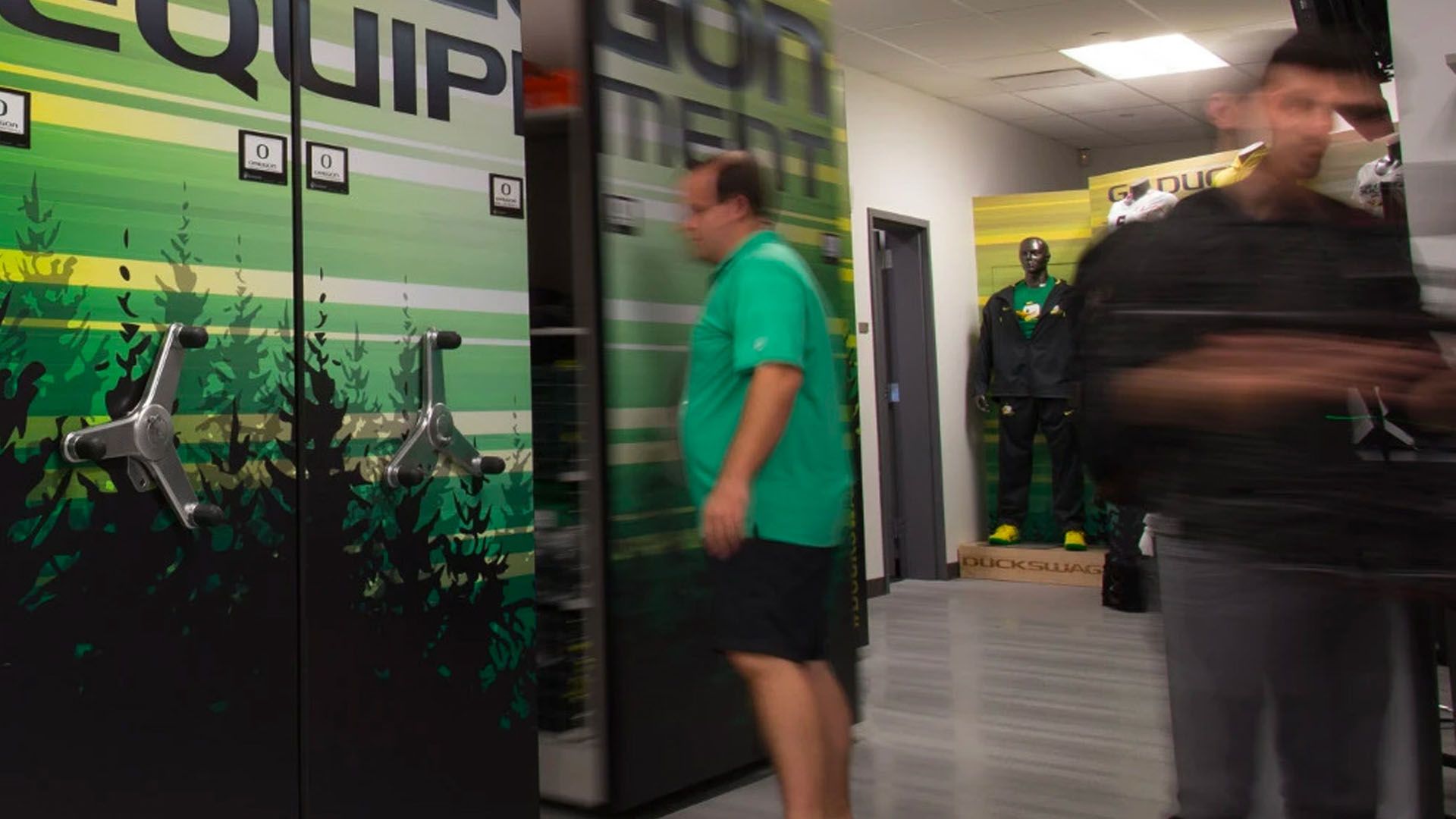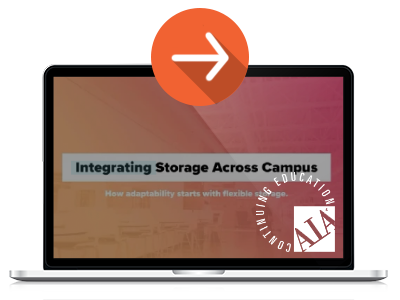Three Reasons Higher Education Continues to be Adaptable
An overview of “The Chronicle of Higher Education” podcast series, The Evolving Campus.
The focus in higher education continues to be adaptability and the evolving programming needs on the first episode of “The Chronicle of Higher Education” podcast series. This 3-part series examines The Evolving campus, with a focus on Designing for Student Success, exploring how student success, the pandemic, and other challenges within the post-secondary educational environment can be addressed through good design.
1. In Between Spaces will Grow
Sometimes referred to as flex spaces, these are spaces that blur the lines between academic, social, and living spaces and give schools a way to adapt a space for unknown future uses. They’re most common in student centers or academic buildings, but universities are implementing them on different scales across campus as underutilized spaces will prove difficult to support going forward.
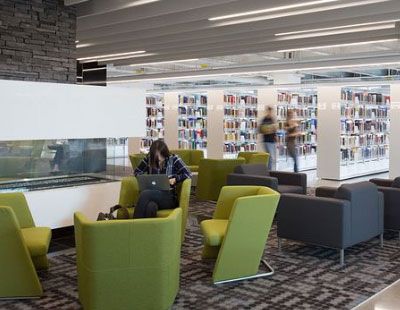

Canvass the Campus
Canvass the Campus


2. Higher Focus on Interactivity & Hybrid Learning
This is a perfect example of a trend that has been accelerated by COVID-19. The continued impact of the pandemic means the capacity of learning in new ways is here to stay. Just like offices are being reconfigured to account for remote working, screens will multiply, and audio will be boosted to account for a model where students are both in the classroom and, well, elsewhere. What are the implications of this digital transformation? And will we need as many auditorium-sized classrooms? Likely not, but Sukhwant Jhaj, Vice Provost for Academic Innovation and Student-Success Initiatives at Arizona State University, says they’ll stay without a major shift and change of thinking by institutions.
3. Placing Students at the Center
Jhaj characterizes the phase that we’re in as an “enrollment cliff” – a significant period of decline in new student registration where schools need a new approach to attract students. This includes understanding who students are, taking their needs into account, and finding new ways to improve outcomes on collaboration and grades by engaging beyond the classroom. Higher education has an opportunity to reframe their thinking and design around a student-centric approach, enabling the entire community to reach their goals.
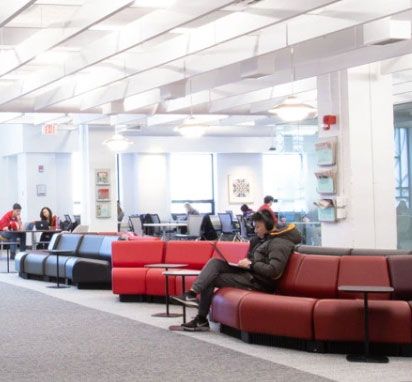
Architecture and the creation of highly functional interior spaces has the ability to keep students and institutions thriving in the short term and transform them for the long term. Request a virtual presentation on Integrating Storage Across Campus to learn more about how thoughtful storage solutions can have an impact on the many facets of a higher education campus.
Next Up in Education
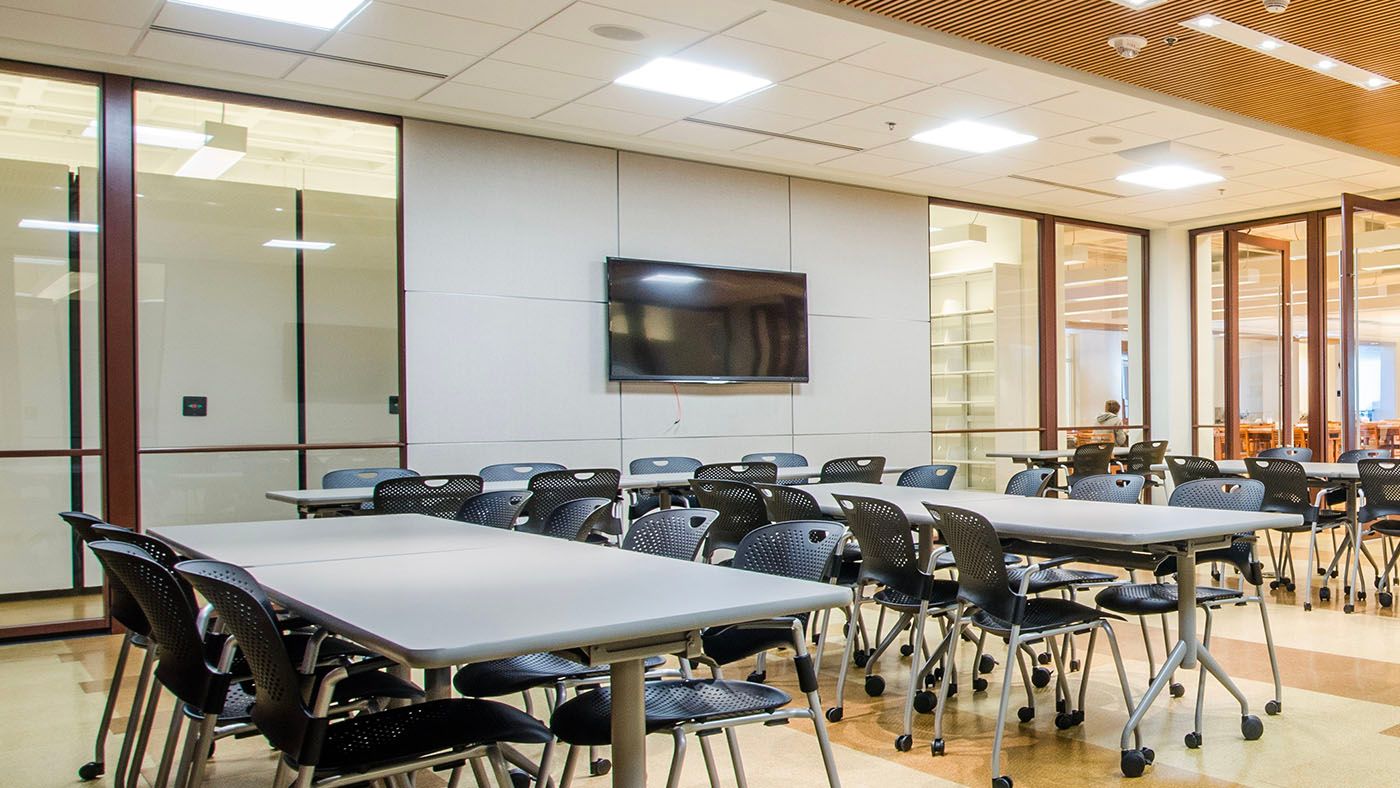
How does high-density mobile shelving optimize storage space compared to traditional shelving units?
Read On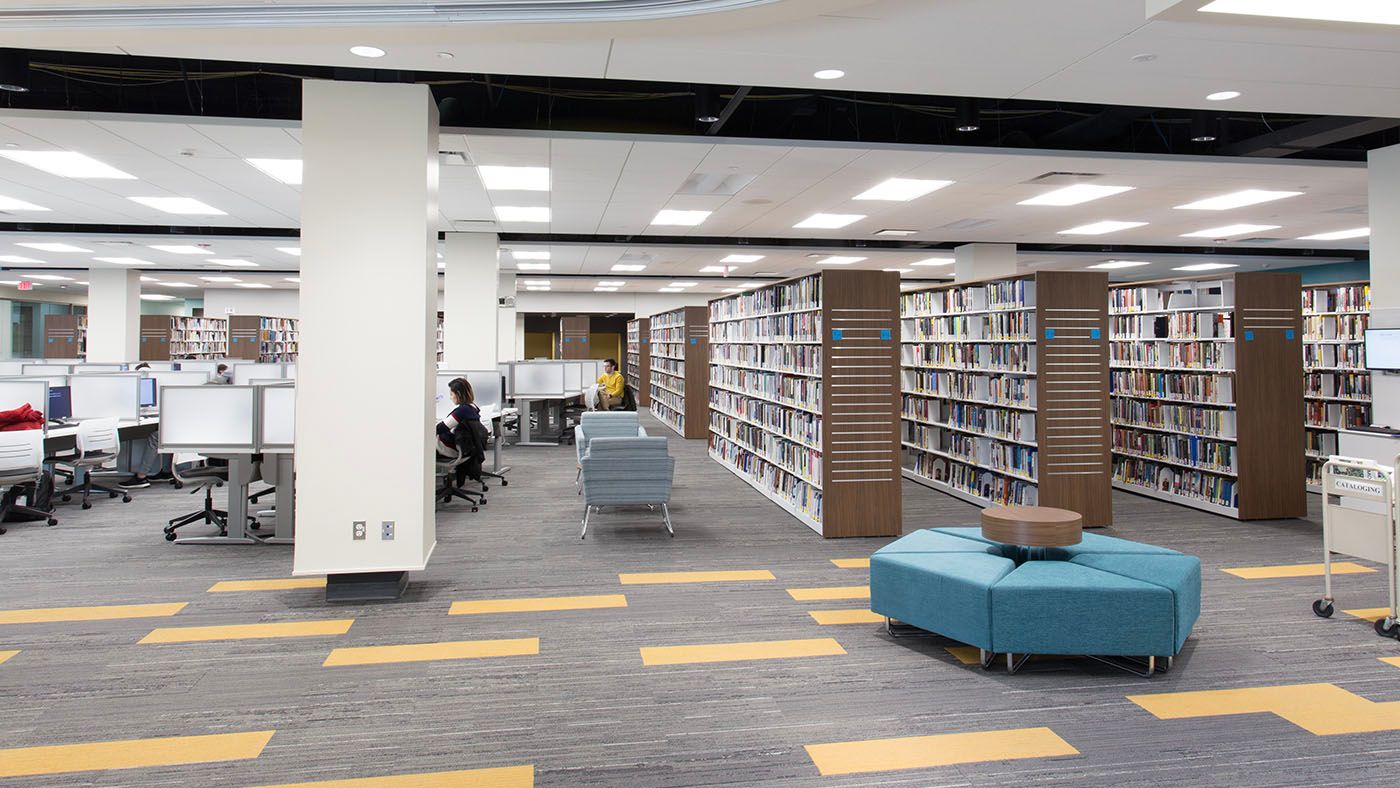
Spacesaver provides insights and installs geared toward advancing your campus library’s impact.
Read On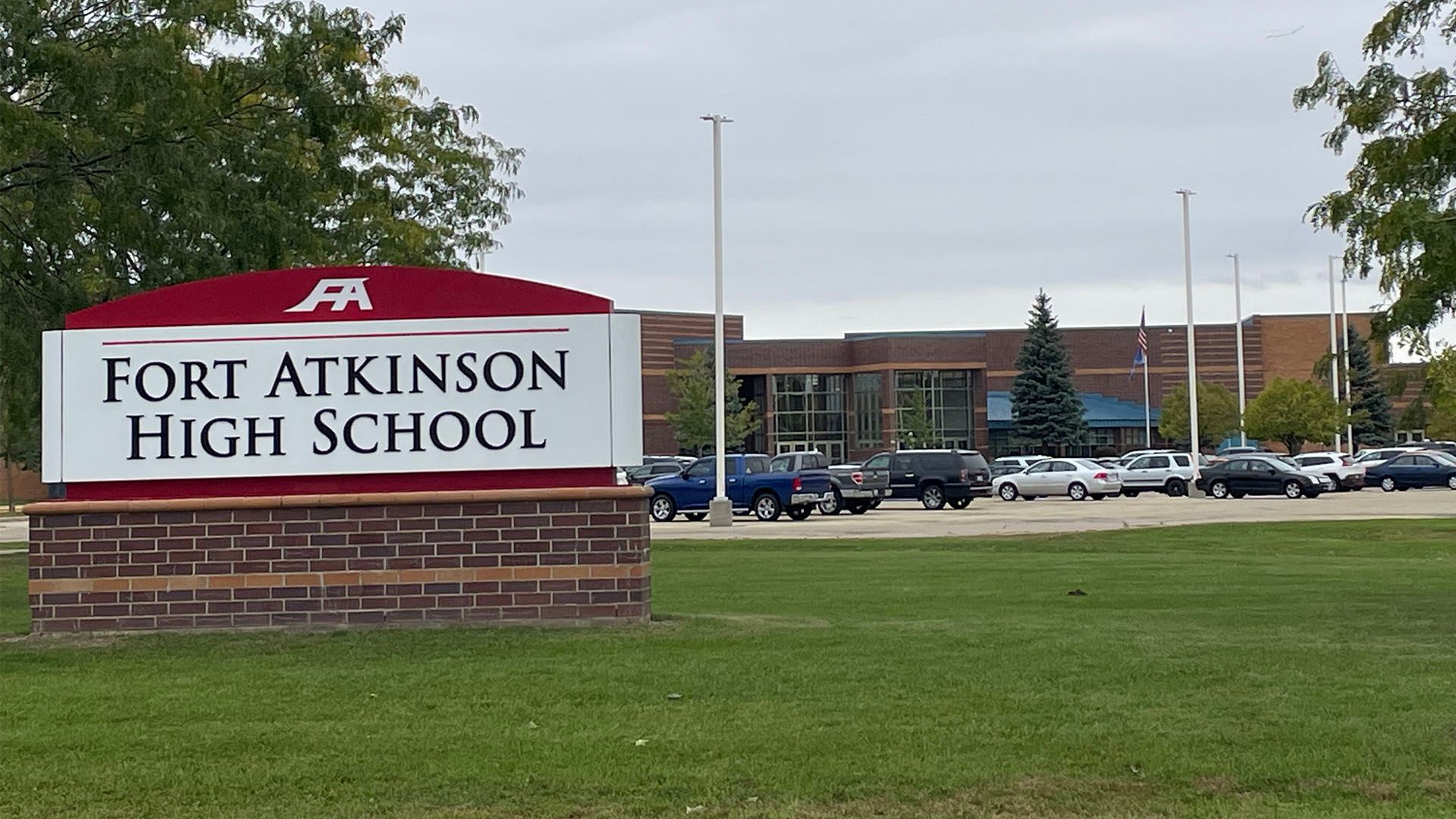
Fort Atkinson High School's Partnership with Spacesaver
Read On